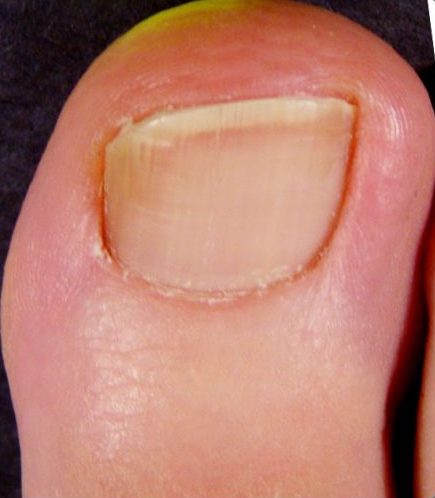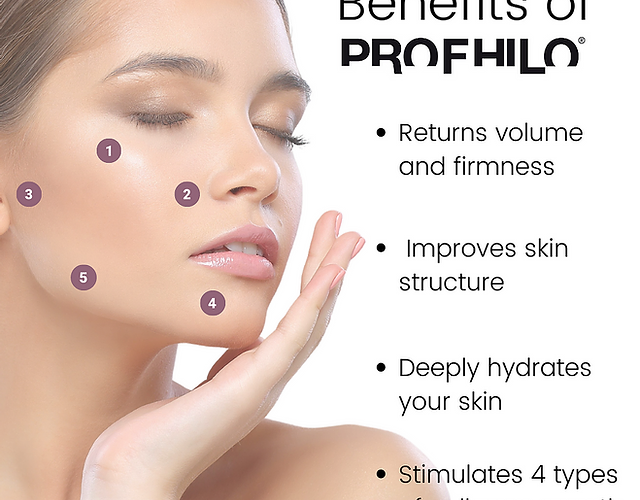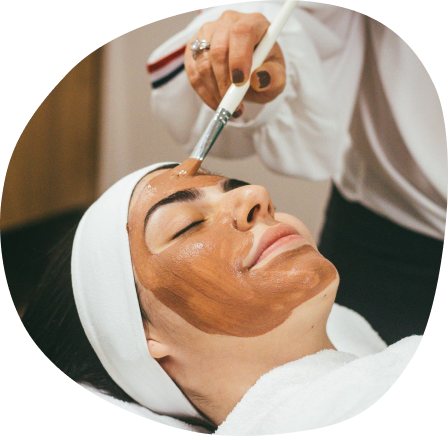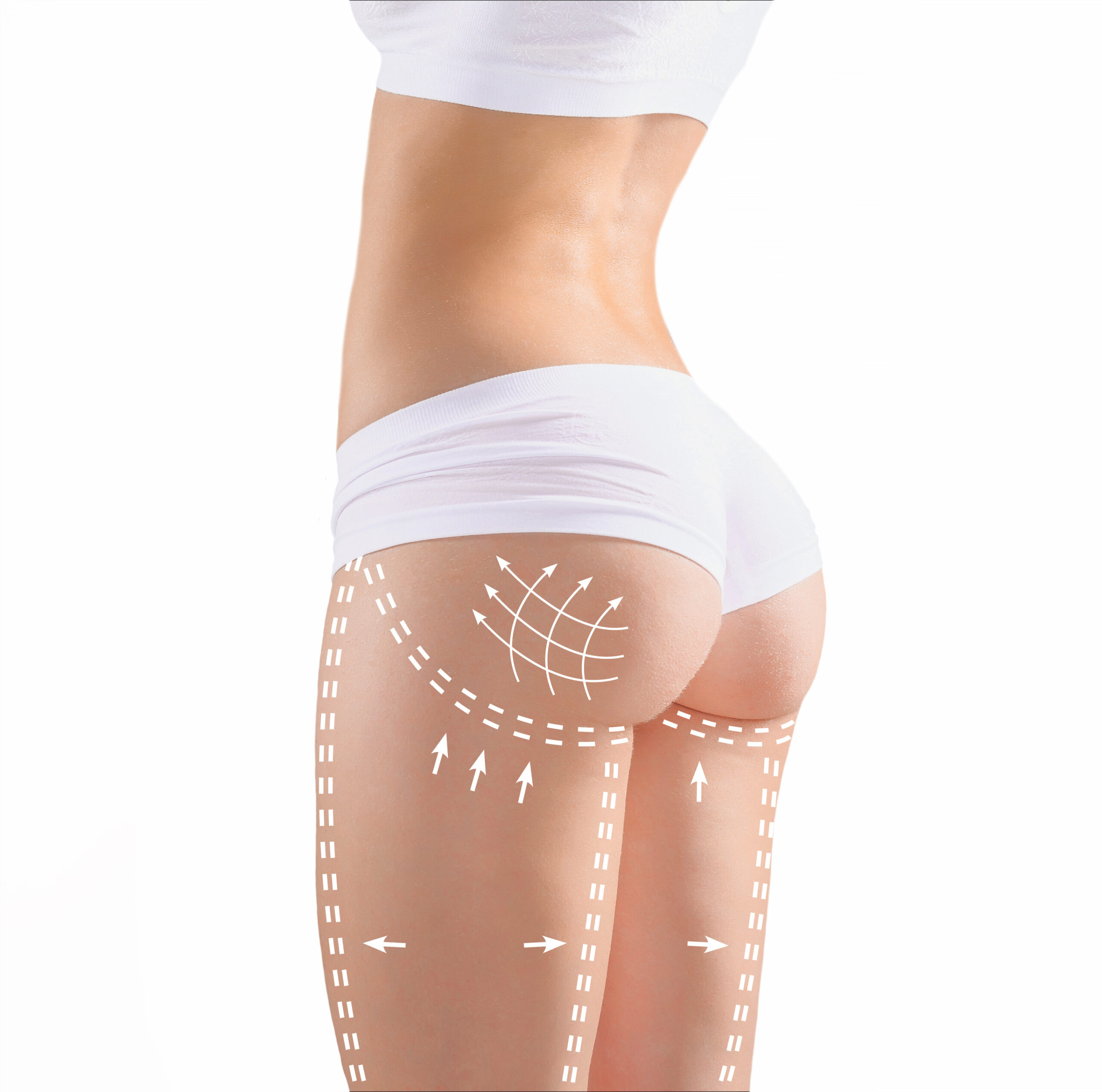At a Glance
EXPECTED RESULTS
Removal of nail fungus
TREATMENT TIME
Up to 30 minutes
DOWNTIME
Minimal to none
LONGEVITY
Ongoing
ANAESTHESIA
None required
RECOVERY
Immediate
REQUIRED
5+ Treatments
QUICKLY
Fast Treatment
COST
From £60
AFTERCARE
Minimal aftercare needed
Onychomycosis (Fungal Nail) Treatment at Skin Cosmetics London
At Skin Cosmetics London, we understand the discomfort and aesthetic concerns associated with fungal nail infections, or onychomycosis. Our clinic offers advanced and effective laser fungal nail treatment to help restore the health and appearance of your nails.
Our Approach
At Skin Cosmetics London, we pride ourselves on our patient-centred, tailored approach. We begin with a thorough consultation to assess the severity of your condition and discuss your desired outcome. Our experts then devise a treatment plan designed to effectively combat your fungal nail infection.
The Procedure
Our state-of-the-art laser technology emits precise wavelengths of light that are specifically designed to target and destroy fungal cells without damaging the surrounding nail tissue or skin. The procedure is typically painless, although you may experience a warm sensation as the laser penetrates the nail bed to eliminate the fungus.
Each treatment session typically lasts between 15 and 30 minutes, depending on the number of nails being treated. Most patients require multiple sessions, typically 2 to 4, scheduled a few weeks apart to ensure the comprehensive eradication of the fungal infection.
Post-Treatment Care
Following your laser treatment, there’s no recovery time necessary. You’ll be able to resume your daily activities immediately after the procedure. We provide detailed aftercare instructions to help ensure the fungus does not return while your nail grows out, which includes advice on keeping your feet clean and dry and tips on avoiding fungus-prone environments.
Expected Results
While laser treatment is effective at killing the fungus, results are not instantaneous as nails take time to grow. A clear nail may take 6 to 12 months to grow out completely. However, most patients observe improvements within the first few months following treatment.
Why Choose Skin Cosmetics London
At Skin Cosmetics London, your health and satisfaction are our primary concerns. Our clinic maintains the highest standards of safety and hygiene. Our team of experienced dermatologists and laser technicians are committed to providing quality care and treatment in a comfortable and welcoming environment.
We’re dedicated to ensuring that every patient has a positive experience and achieves the best possible outcome. If you’re struggling with onychomycosis, let Skin Cosmetics London help you reclaim your nails’ health and confidence.


BOOK FREE CONSULTATION
Book your Free, No-Obligation Consultation or Skin Analysis







What is nail fungus?
Nail fungus, also known as onychomycosis, is a common condition that begins as a white or yellow spot under the tip of your fingernail or toenail. As the fungal infection goes deeper, it can cause the nail to discolor, thicken, and crumble at the edge.
Nail fungus is caused by various types of fungi, most commonly dermatophytes. Yeasts and molds can also lead to nail infections. These organisms thrive in warm, moist environments, making public swimming pools, showers, and locker rooms common places for contracting a fungal nail infection.
Anyone can get a fungal nail infection, but they are more common in older adults due to the reduced blood circulation in the nails and slower nail growth. Other factors that can increase the risk of developing nail fungus include having a minor skin or nail injury, a weakened immune system, diabetes, circulation problems, or wearing closed-toe shoes such as boots or sneakers.
The symptoms of nail fungus can vary but often include:
- Nail discoloration (usually yellow or brown)
- Thickened nails
- Brittle, crumbly, or ragged nails
- Distorted in shape or separated (lifted) nail
- A dark color building under the nail
- A slightly foul smell
If left untreated, nail fungus can cause persistent discomfort or pain and can have an impact on your everyday activities. It can also spread to other nails or areas of the skin. Therefore, it’s important to seek treatment if you suspect you have nail fungus. Treatment options include topical creams, oral antifungal medications, and laser treatments.

How does laser nail fungus treatment work?
Laser treatment for nail fungus, or onychomycosis, is an innovative, non-invasive treatment that uses focused light energy to eradicate the fungal infection.
The laser produces a specific wavelength of light that penetrates the nail plate and the underlying nail bed. The light energy is absorbed by the pigment in the fungi, which causes a reaction leading to the fungi’s destruction. It’s important to note that the laser targets only the infected area, leaving the surrounding skin and tissue unaffected.
The heat generated by the laser also helps by making the nail environment less conducive to fungal growth. The goal is not only to eliminate the current infection but also to prevent future recurrences.
Typically, treatment sessions are short, ranging from 15 to 30 minutes depending on the number of nails involved. Multiple sessions may be required over several weeks or months, given that the fungus is often persistent and toenails grow slowly.
After the procedure, no significant downtime is required, and patients can resume their daily activities. However, it’s essential to practice good foot hygiene to prevent reinfection as the nail grows out.
It’s important to note that while laser therapy has been shown to be effective in treating nail fungus, complete eradication is not always guaranteed and treatment outcomes can vary from person to person. Healthy nail growth can also take time – typically several months for fingernails, and up to a year or longer for toenails.




STEPS
Treatment Step by Step
Initial consultation
The first step is a comprehensive consultation with one of our expert staff. This session involves a detailed examination of your affected nails and a discussion of your medical history to rule out other potential causes of nail changes.

Personalized Treatment Plan
Once the Onychomycosis is confirmed, your practitioner will tailor a treatment plan to your specific needs. This plan considers the severity of your condition, the number of affected nails, and your overall health.

Laser Treatment Procedure
The next step is the laser treatment itself. Each session typically lasts 15-30 minutes, during which a laser beam is applied to the infected nail(s) and surrounding skin. The laser emits a specific wavelength of light that penetrates the nail to kill the fungus, leaving the surrounding tissue unaffected. The procedure is generally painless, but you might feel some heat or a slight prickling sensation.

Post-Treatment Care
After the treatment, you can immediately resume your daily activities. We provide detailed aftercare instructions, such as maintaining foot hygiene and tips to avoid re-infection, to ensure the best possible outcome.

Follow-Up Sessions
Most patients require multiple treatment sessions, typically 2 to 4, scheduled a few weeks apart. Your dermatologist will monitor your progress during these sessions to ensure the fungus is successfully being eradicated and adjust the treatment plan if necessary.

Post-Treatment Follow-Up
Even after the course of treatment is completed, follow-up appointments may be recommended to ensure the fungus has been completely eradicated and the nail is recovering well. Keep in mind that nail growth is a slow process, so it may take several months to a year to see the full results of the treatment.
At Skin Cosmetics London, we ensure every patient is fully informed and comfortable at each step of their treatment journey, from initial consultation through post-treatment care. We are committed to delivering high-quality, personalized care for all our patients.











CLEAR YOUR DOUBTS
Frequently Asked Questions
How many laser sessions are needed?
The number of sessions required for laser nail fungus treatment can vary widely depending on several factors such as the severity of the fungal infection, the number of nails affected, the patient’s overall health, and their body’s response to treatment.
However, typically, patients may require between 2 to 4 treatment sessions to effectively eradicate the fungus. These sessions are often spaced a few weeks apart to allow the nail to heal between treatments and to ensure that any remaining fungi, which might be in different stages of their life cycle, are destroyed.
It’s important to remember that while the laser treatment targets and kills the fungi, the visual results aren’t immediate. Nails grow slowly, so even after the fungus is killed, it can take several months to a year for the damaged nail to completely grow out and be replaced by a healthy one.
Your healthcare provider at Skin Cosmetics London will evaluate your specific situation and provide you with a personalized treatment plan, including an estimate of the number of sessions you may require for the best possible outcome. They will also monitor your progress throughout the treatment process and make any necessary adjustments to your treatment plan.
Is it safe?
Yes, laser treatment for nail fungus, also known as onychomycosis, is generally considered safe. The procedure is non-invasive and the laser specifically targets the fungi, leaving the surrounding tissue unaffected.
Laser therapy uses light energy to heat and kill the fungus without causing damage to the nail or surrounding skin. The treatment does not require anesthesia and does not involve any incisions or injections, which minimizes the risk of infection or other side effects.
During the procedure, patients may feel a warming sensation or slight prickling, but most do not find this uncomfortable. There’s no recovery time necessary, so patients can resume normal activities immediately after the treatment.
That said, all medical procedures carry some degree of risk, even if minimal. Potential side effects, although rare, can include temporary discoloration of the nail or slight pain or blistering if the skin around the nail gets too hot.
It’s important to ensure that your treatment is being administered by a trained and experienced healthcare professional, like the dermatologists at Skin Cosmetics London, who can adjust the settings on the laser device to the individual patient’s needs and monitor for any adverse reactions.
As with any medical treatment, it’s also important to discuss your medical history, including any current medications or health conditions, with your healthcare provider prior to treatment. This will help them determine whether laser treatment is the best option for you.
Lastly, keep in mind that while laser treatment can effectively kill the fungus, preventing recurrence also depends on proper post-treatment care and hygiene practices.
How long does it take to achieve results?
Laser treatment for nail fungus can effectively kill the fungus, but visual results take time due to the nature of nail growth. While the fungus is typically killed in the treatment process, the damaged nail will need to grow out and be replaced by a healthy one to see the full results of the treatment, which can take several months to a year.
For fingernails, it usually takes around 6 months for a completely new, healthy nail to grow out. For toenails, the process is slower and can take 12-18 months due to slower nail growth. It’s important to note that these timelines can vary depending on individual factors such as age, overall health, and how well post-treatment care and hygiene practices are followed.
Throughout the treatment process, and as the nail grows out, a healthcare provider at Skin Cosmetics London will monitor the condition of the nail. Improvements, such as a decrease in nail discoloration, thickening, or crumbling, may be observable within the first few months following treatment.
Keep in mind that good foot and nail hygiene are essential during this period to prevent reinfection and to promote the growth of a healthy nail.
Who is a suitable cadidate?
Laser treatment for nail fungus is suitable for a wide range of individuals. However, it is particularly recommended for people who:
- Have a confirmed diagnosis of nail fungus (onychomycosis): If the condition is diagnosed and treated early, it is often easier to treat and less likely to cause permanent damage to the nail or spread to other nails.
- Have not responded well to other treatments: If other forms of treatment, such as topical creams or oral antifungal medications, have not worked or have caused side effects, laser treatment may be a good alternative.
- Cannot or prefer not to take oral antifungal medications: Some individuals may not be able to take oral antifungal medications due to liver disease, potential drug interactions, or the risk of side effects.
- Are looking for a faster, non-invasive treatment option: Laser treatment is typically faster than topical treatments and does not involve any incisions or injections. There’s also no recovery time, so patients can resume their normal activities immediately.
- Are in good general health: While laser treatment is generally safe, certain conditions such as peripheral neuropathy, peripheral vascular disease, or uncontrolled diabetes could increase the risk of complications.
Prior to treatment, a healthcare provider at Skin Cosmetics London will conduct a thorough examination and review your medical history to determine if laser treatment is right for you. This assessment will help ensure that the treatment is not only effective but also safe based on your individual health circumstances.
Remember, while laser treatment can effectively kill the fungus, preventing a future infection is largely dependent on good foot hygiene and care post-treatment.
How long will the results last?
Laser treatment for nail fungus effectively destroys the fungus present at the time of treatment. Once a nail is clear of fungus and a new, healthy nail has grown in, the results can be considered long-term, assuming that no new infection occurs.
However, it’s crucial to understand that while laser treatment can eliminate the current fungus, it does not provide permanent immunity against future infections. Fungal spores are microscopic and are commonly found in the environment, particularly in warm, damp places like swimming pool decks and public showers. Therefore, re-infection is possible if you frequently encounter such environments without appropriate protection and care.
To maintain the results of your treatment and minimize the risk of future infections:
- Maintain good foot hygiene: Keep your feet clean and dry, especially between your toes.
- Wear shoes that allow your feet to breathe: Opt for footwear made of materials that allow air circulation.
- Use antifungal sprays or powders: These can help prevent fungus growth, especially if you are prone to nail fungus or athlete’s foot.
- Don’t go barefoot in public places: Wearing flip-flops or shower shoes can help prevent contact with fungal spores in public areas.
- Don’t share shoes or socks: Fungus can be transferred this way, so it’s best to use your own footwear.
- Trim your nails regularly: Keeping your nails short and clean can help prevent the spread of fungus.
The professionals at Skin Cosmetics London can provide personalized advice based on your lifestyle and risk factors to help ensure the best possible long-term outcome from your treatment.




WHAT PEOPLE SAY
Client Testimonials

















